An Approach to Accessible Serious Games for People with Dyslexia
Abstract
1. Introduction
1.1. Accessibility for Dyslexia
1.2. Sustainability for People with Disabilities
- Goal 4. Quality Education. Obtaining a quality education is the basis for improving people’s lives as well as for sustainable development. It seeks to provide lifelong learning opportunities for all. Furthermore, it focuses on ensuring equitable access to all levels of vocational education and training for vulnerable groups, including people with disabilities.
- Goal 8. Decent Work and Economic Growth. Achieving full and productive employment and decent work for all people, including people with disabilities, allows people to dramatically improve their lives. It also seeks to generate equal pay for work of equal value.
- Goal 10. Reduce Inequalities. In order to reduce inequality, the application of universal policies that also pay special attention to the needs of disadvantaged and marginalized populations, including people with disabilities, has been recommended.
- Goal 11. Sustainable Cities and Communities. Seeking that cities and human settlements are inclusive, safe and sustainable. This can be achieved by proposing a safe, affordable, accessible transport system, paying special attention to the needs of vulnerable groups, such as people with disabilities. In addition, it proposes universal access to green and safe spaces, inclusive and accessible for people with disabilities.
- Goal 17. Partnerships for the Goals. Highlighting that to strengthen the means of implementation and revitalize the global partnership for sustainable development, data collection and the monitoring and accountability of the SDGs are essential.
2. Method and Materials
2.1. Accessibility Guidelines for People with Dyslexia
- Use simple language. Using a very specific language may cause the player to not understand the instructions to interact with a video game. For this reason, it is recommended to use a language that allows to tell a simple and easy-to-follow story and set aside terms that most players cannot understand [47,48,49].
- Subtitles. Also known as Captions, especially for people with hearing disabilities but also for people with dyslexia [50,51], have become an essential feature. The incorporation of subtitles in video games allows players to have a more pleasant experience in the history of the video game, as well as allowing them to receive instructions in a clearer way [47,48].
- Simple to difficult progression. Commonly used, allow the modification of degrees of difficulty to a greater extent than usual in games. For example, for real time strategy games, add a speed slider or allow the game to change to a turn mode [48].
- Training levels. Another important feature, allow the player to function in an environment free of all the complexities of the video game. There are players with different types of disabilities who may feel frustrated when playing in a real environment. That is why training levels allow the player to strengthen skills within the game [48].
- Objectives reminder during gameplay. Sometimes during the development of a video game it is difficult to remember the objective that must be achieved or what must be done, especially for people with memory problems or who need to take a break between the sessions of the video game. For this reason it is important to include reminders of the objectives of the video game permanently, when the player requests it or from time to time in specific [48].
- Use explicit visual rewards. People with different learning disabilities require receiving explicit visual or auditory rewards, either for animation or video, as motivation to keep their attention in the video game. This feature will allow the player’s skills to increase and motivate them to reach new video game challenges [48].
- Possibility for repetition. It is advisable to incorporate the possibility of repeating voice messages or texts within a video game. The repetition feature is used by players when dialogues or texts are difficult to follow [48].
- Pause while text is being readed. In a video game, it is helpful to pause, or even repeat, the execution of a text. This feature gives players more time to read the instructions or dialogues of the video game [48].
- Color pairs. These are the background/font color combinations recommended for dyslexia, these are: white/black, off-white/off-black, yellow/black, white/blue, cream/black, light green/brown dark, dark green/brown, yellow/white and yellow/blue [53]. The combination off-white/off-black is the most recommended for dyslexia in the area of web accessibility [54,55].
- Justified text. It is recommended avoid to use a justify alignment in the text. This can cause rivers of blank space [27].
2.2. Serious Game Design
- 1.
- Test Design: Serious game ability to set difficulty.
- 2.
- Execute test suite: There is only one difficulty mode so the user cannot configure it.
- 3.
- Normalization: An option to choose the difficulty of serious games is added in the general settings. This configuration allows you to choose initial, intermediate and expert levels.
- 4.
- Test passed?: New functionality has been successfully incorporated.
- 5.
- Refactoring: Erasing redundancies and inconsistencies, always checking that the tests continue to validate well.
- 6.
- Test Finished?: Yes, to implement the following requirement.
- Immersion: The video game allows to maintain a sense of entertainment, as well as that the player is part of the game scene.
- Identity: The player obtains an identity by being part of the video game by recording their progress activity in each game.
- Interactivity: The player interacts every time he performs an action within the video game. In this way, it drags the elements it considers appropriate to solve the challenges.
- Control: As it is a mobile video game, the controls it uses are embedded in the device screen.
- Challenge: The video game maintains different levels of complexity. This feature allows maintaining a challenging environment for the players.
- Narrative: The video game maintains the narrative through the sequence of challenges.
- Feedback: The video game offers visual feedback for each challenge that the player solves. In this way it tells you if the challenge was solved properly or not and how best to solve it.
3. Case Study
3.1. Information
- Game Title: Puzzle Pieces. In Figure 2, we can see the serious game logo.
- Intended game systems: Android OS from version 4.1 “Jelly Bean” to the current one. Keep in mind that Unity also allows compatibility to run applications with the following operating systems:
- -
- Windows 7 or higher, Ubuntu 16.04 or higher.
- -
- MAC macOS 10.12 or higher.
- -
- IOS 9.0 or higher.
- -
- WebGL any recent version of Firefox, Chrome, Microsoft Edge or Safari.
- Target age of players: 5 to 10 years.
- ESRB classification: eC (early childhood) as it is a video game with educational aspects for young audiences without any inappropriate content.
3.2. Scheme
- Game story summary: The main objective of this serious game is to present two games, one called Order Cards, and another one called Complete Words. Each game has simple challenges to test the player’s skill. As each challenge is solved, the scores are accumulated and data is generated for later analysis. The purpose is to generate a tool for learning and treatment aimed at children with dyslexia in order to evaluate and improve therapies for various cognitive functions. To achieve this objective, the information received from the serious game is captured and stored within a database server in real time, to later be visualized and analyzed in graphics by the doctors to carry out the personalized treatment sessions.
- Game Flow: This section describes in detail the performances and requirements that meet the scenes and games that make up Puzzle Pieces:
- Login: In this scene the user can authenticate. The user will be asked to enter personal data of an account previously created in the game, the username or ID, and the password. In case that the user do not have an account, there will be an option to register and create an account that will be stored on the database server in real time in order to proceed in the game. In the same way, it will be validated that the user enters information in all fields or that they enter the correct information. Otherwise, they will be notified with error messages such as “No username or password has been entered” or “Username or password wrong”. The login section is showed in Figure 3. All the images of the serious game are in Spanish, but they are accompanied by the English translation.
- Register: In this scene, the user can create an account to enter the game, in order to track their performance in the puzzles and perform personalized treatments for each user. Personal information of the user is requested such as name, gender, age, username, password, and password verification. It will be validated that the user enters all the requested data, otherwise the account will not be created and an error message will be displayed. The register section is showed in Figure 4.
- Main Menu: In the main menu, the user will have four options. The first is the “GAMES” button, which will open a new menu where the user can choose the game they want to play. The second option is the “CONFIGURATION” button, where another menu will open to make some settings in the game that will be discussed later. The third option is the “EXIT” button, which closes the game. The last option is the “CLOSE SESSION” button, which returns the user to the login menu to log in with another or the same account. The main menu section is showed in Figure 5.
- Game menu: The game menu simply allows the user to choose between the game Order Cards and the game Complete Words. It also has a button to return to the main menu in case the user wishes to make any configuration changes. The game menu section is showed in Figure 6.
- Order Cards: The logic of the card game is as follows. From a deck of 40 different cards, the user will be presented with a number of cards taken randomly. The indication will be to observe the cards carefully in order to memorize them. After a while, the cards will be turned around and placed in a new random position. Subsequently, the user must place the cards in the empty spaces with the first order presented. The user must place all the cards correctly to win the game as we can see in Figure 7.The cognitive areas worked on in this game are: memory, visual discrimination, attention and planning.
- Complete Words: The mechanics of this game consist of a group of images with objects. Four images are randomly selected, one for each round, and will be presented to the user on the right side as shown in Figure 8. On the left side, there will be 18 random letters, taking into account that the letters required to complete the word in the image that appears. Additionally, at the beginning of each round, an audio will play with the name of the object of the image. In addition, there is a button below the image, which will play an audio with the name of the object as a hint. To win the game, the player must form the word in the image correctly. It is important to emphasize that the selection criteria of the objects for this serious game is based on double syllables or inverse syllables that are part of common patterns of mistakes and behaviors in reading and spelling that people with dyslexia have [64].The cognitive areas worked on in this game are: phonological awareness, attention, auditory and visual discrimination, semantic awareness, executive function, spatial location and visual perception.
3.3. Experience
- Order Letters
- -
- Initial: 3 cards will be displayed, with 15 s to learn the card order.
- -
- Medium: 4 cards will be displayed, with 15 s to learn the card order.
- -
- Advanced: 6 cards will be displayed, with 20 s to learn the card order.
- Complete Words
- -
- Initial: Objects with 5 letters will be displayed.
- -
- Medium: Objects with 6 letters will be displayed.
- -
- Advanced: Objects with 8 letters will be displayed.
3.4. Mechanics
- Each game has four rounds that the user must successfully overcome to finish the game.
- In each game when filling in all blank spaces available, two things happen:
- 1.
- If the spaces are filled in correctly, a message of congratulations with a positive sound is displayed, and the next round begins until the end of the game.
- 2.
- If the spaces are filled incorrectly, an error message with a negative sound will be displayed, and the letters or cards will be returned to their initial positions.
- When completing a game, a window will be shown to the user with a message of congratulations and a victory music will play, in this window the user can choose one of three options:
- 1.
- Go to the next level of difficulty in a new game. If at the end of the game the player is in the highest difficulty, this option will not appear.
- 2.
- The player can restart the game, this means that a new game will start with the same difficulty.
- 3.
- Exit to the main menu.
- When a player completes a game, several data are collected and sent to the server of the serious game database, which will then be analyzed by the therapist. The data collected from the games are necessary statistics such as: time in seconds (that took the player to complete the four rounds), number of hits, number of errors, game difficulty, name of the game, and the ID of the user.
- Each game has the option to pause (when pausing a blur effect is enabled so that the user cannot cheat) and return to the main menu at any time.
- When dragging a card or letter, if it is not released inside or near a blank space, it will return to its initial position. If a card or letter is placed within a blank space, another card or letter cannot be placed on top of it and will return to its initial position.
3.5. Architecture
4. Conclusions
Author Contributions
Funding
Institutional Review Board Statement
Informed Consent Statement
Data Availability Statement
Conflicts of Interest
Abbreviations
| eC | early Childhood |
| PC | Personal Computer |
| JSON | JavaScript Object Notation |
| API | Application Programming Interface |
| SDGs | Sustainable Development Goals |
| UN | United Nations |
| TDD | Test-Driven Development |
References
- Gallego, F.J.; Villagrá, C.J.; Satorre, R.; Compañ, P.; Molina, R.; Llorens, F. Panorámica: Serious Games, Gamification y Mucho Más; Asociación de Ensenantes Universitarios de la Informática (AENUI): Alicante, Spain, 2014; Volume 7, pp. 13–23. [Google Scholar]
- Zhang, J.; Lyu, Y.; Wang, Y.; Nie, Y.; Yang, X.; Zhang, J.; Chang, J. Development of Laparoscopic Cholecystec-tomy Simulator Based on Unity Game Engine. In Proceedings of the 15th ACM SIGGRAPH European Conference on Visual Media Production, London, UK, 13–14 December 2018. [Google Scholar]
- Vilaca, J.; Duque, D. Diagnosis of children’s vision problems through video games: Case study: A visual acuity test & game tool. In Proceedings of the 2019 IEEE 7th International Conference on Serious Games and Applications for Health, Kyoto, Japan, 5–7 August 2019. [Google Scholar]
- Rello, L.; Kanvinde, G.; Baeza-Yates, R. A mobile application for displaying more accessible ebooks for people with dyslexia. In Procedia Computer Science; Elsevier B.V.: Amsterdam, The Netherlands, 2012; Volume 14, pp. 226–233. [Google Scholar]
- Shahbodin, F.; Ku, C.; Che, N.; Mohd, K.; Jano, Z.; Azni, A.H. Visual Perception Games for Autistic Learners: Research Findings. In Proceedings of the 2019 Asia Pacific Information Technology Conference, Jeju Island, Korea, 16 January 2019; pp. 56–60. [Google Scholar]
- Raminhos, C.; Cláudio, A.P.; Carmo, M.B.; Carvalhosa, S.; De, M.; Candeias, J.; Gaspar, A. A serious game-based solution to prevent bullying. Int. J. Pervasive Comput. Commun. 2016, 63–72. [Google Scholar] [CrossRef]
- Eichenberg, C.; Schott, M. Serious Games for Psychotherapy: A Systematic Review. Games Health J. 2017, 6, 127–135. [Google Scholar] [CrossRef]
- Ivanov, L. 3D Game Development with Unity in the Computer Science Curriculum. J. Comput. Sci. Coll. 2015, 31, 167–173. [Google Scholar]
- Pritami, F.A.; Muhimmah, I. Digital Game Based Learning Using Augmented Reality for Mathematics Learning. In Proceedings of the 7th International Conference on Software and Computer Applications, Kuantan, Malaysia, 8–10 February 2018; Association for Computing Machinery: New York, NY, USA, 2018; pp. 254–258. [Google Scholar]
- Chow, C.Y.; Riantiningtyas, R.R.; Kanstrup, M.B.; Papavasileiou, M.; Liem, G.D.; Olsen, A. Can games change children’s eating behaviour? A review of gamification and serious games. Food Qual. Prefer. 2020, 80, 103823. [Google Scholar] [CrossRef]
- Grossard, C.; Grynspan, O.; Serret, S.; Jouen, A.L.; Bailly, K.; Cohen, D. Serious games to teach social interactions and emotions to individuals with autism spectrum disorders (ASD). Comput. Educ. 2017, 113, 195–211. [Google Scholar] [CrossRef]
- Ha, G.; Lee, H.; Lee, S.; Cha, J.; Kim, S. A VR Serious Game for Fire Evacuation Drill with Synchronized Tele-Collaboration among Users. In Proceedings of the 22nd ACM Conference on Virtual Reality Software and Technology, Munich, Germany, 4–6 November 2016; Association for Computing Machinery: New York, NY, USA, 2016; pp. 301–302. [Google Scholar]
- Guimaraes, M.A.M.; Said, H.; Austin, R. Experience with Video Games for Security. J. Comput. Sci. Coll. 2012, 27, 95–104. [Google Scholar]
- Roman, P.A.; Brown, D. Constructive Simulation versus Serious Games: A Canadian Case Study. In Proceedings of the 2007 Spring Simulation Multiconference-Volume 3, Norfolk, VA, USA, 25–29 March 2007; Society for Computer Simulation International: San Diego, CA, USA, 2007; pp. 217–224. [Google Scholar]
- Veziridis, S.; Karampelas, P.; Lekea, I. Learn by playing: A serious war game simulation for teaching military ethics. In Proceedings of the IEEE Global Engineering Education Conference, Athens, Greece, 25–28 April 2017; pp. 920–925. [Google Scholar]
- Michael, D.R.; Chen, S.L. Serious Games: Games That Educate, Train, and Inform. In Muska & Lipman/Premier-Trade; ACM: New York, NY, USA, 2005. [Google Scholar]
- Clark, C. Abt. In Serious Games; The Viking Press, Inc.: New York, NY, USA, 1970. [Google Scholar]
- WePC. 2019 Video Game Industry Statistics, Trends & Data—The Ultimate List. Available online: https://www.wepc.com/news/video-game-statistics/ (accessed on 30 November 2020).
- Kurkovsky, S. Engaging students through mobile game development. ACM Sigcse Bull. Inroads 2009, 41, 44–48. [Google Scholar] [CrossRef]
- Reid, G.; Strnadová, I.; Cumming, T. Expanding horizons for students with dyslexia in the 21st century: Universal design and mobile technology. J. Res. Spec. Educ. Needs 2013, 13, 175–181. [Google Scholar] [CrossRef]
- Henson Creighton, R. Unity 3D Game Development by Example Beginner’s Guide A Seat-of-Your-Pants Manual for Building Fun, Groovy Little Games Quickly; Packt Publishing: Birmingham, UK, 2010. [Google Scholar]
- Unity-Manual: Learning the Interface. Available online: https://docs.unity3d.com/Manual/LearningtheInterface.html (accessed on 25 November 2020).
- Fedulova, I.; Ivanova, V.; Atyukova, O.; Nosov, V. Inclusive Education as a Basis for Sustainable Development of Society. J. Soc. Stud. Educ. Res. 2019, 10, 118–135. [Google Scholar]
- Miethlich, B. Disability as a Blind Spot in Sustainability Frameworks and Standards. Int. J. Recent Technol. Eng. 2019, 8. [Google Scholar] [CrossRef]
- Knight, C. What is dyslexia? An exploration of the relationship between teachers’ understandings of dyslexia and their training experiences. Dyslexia 2018, 24, 207–219. [Google Scholar] [CrossRef]
- Sanfilippo, J.; Ness, M.; Petscher, Y.; Rappaport, L.; Zuckerman, B.; Gaab, N. Reintroducing dyslexia: Early identification and implications for pediatric practice. Pediatrics 2020, 146. [Google Scholar] [CrossRef]
- Madeira, J.; Silva, C.; Marcelino, L.; Ferreira, P. Assistive Mobile Applications for Dyslexia. In Procedia Computer Science; Elsevier B.V.: Amsterdam, The Netherlands, 2015; Volume 64, pp. 417–424. [Google Scholar]
- Tomé, R.M.; Pereira, J.M.; Oliveira, M. Using serious games for cognitive disabilities. In Proceedings of the International Conference on Serious Games Development and Applications, Berlin, Germany, 9–10 October 2014; pp. 34–47. [Google Scholar]
- Baptista, G.; Oliveira, T. Gamification and serious games: A literature meta-analysis and integrative model. Comput. Hum. Behav. 2019, 92, 306–315. [Google Scholar] [CrossRef]
- Torres-Carazo, M.I.; Rodriguez-Fortiz, M.J.; Hurtado, M.V. Analysis and review of apps and serious games on mobile devices intended for people with visual impairment. In Proceedings of the 2016 IEEE International Conference on Serious Games and Applications for Health, Orlando, FL, USA, 11–13 May 2016. [Google Scholar]
- Defining Accessibility-Accessible University. Available online: http://www.accessibleuniversity.com/accessibility-basics/defining-accessibility (accessed on 17 November 2020).
- Fernández, M.; Jaramillo-Alcázar, A.; Galarza-Castillo, M.; Luján-Mora, S. A Serious Game to Learn Basic English for People with Hearing Impairments. In Proceedings of the International Conference on Information Technology & Systems, Munich, Germany, 18–20 December 2019. [Google Scholar]
- Bierre, K.; Chetwynd, J.; Ellis, B.; Hinn, D.M.; Ludi, S.; Westin, T.; Associates, L.E. Game Not Over: Accessibility Issues in Video Games; Human-Computer Interaction, Lawrence Erlbaum Associates: Mahwah, NJ, USA, 2005; p. 677. [Google Scholar]
- Funnell, E. Phonological processes in reading: New evidence from acquired dyslexia. Br. J. Psychol. 1983, 74, 159–180. [Google Scholar] [CrossRef] [PubMed]
- Pugh, K.; Verhoeven, L. Introduction to This Special Issue: Dyslexia Across Languages and Writing Systems. Sci. Stud. Read. 2018, 22, 1–6. [Google Scholar] [CrossRef]
- Hachmann, W.M.; Cashdollar, N.; Postiglione, F.; Job, R. The relationship of domain-general serial order memory and reading ability in school children with and without dyslexia. J. Exp. Child Psychol. 2020, 193, 104789. [Google Scholar] [CrossRef]
- Gray, S.; Fox, A.B.; Green, S.; Alt, M.; Hogan, T.P.; Petscher, Y.; Cowan, N. Working Memory Profiles of Children With Dyslexia, Developmental Language Disorder, or Both. J. Speech Lang. Hear. Res. 2019, 62, 1839–1858. [Google Scholar] [CrossRef] [PubMed]
- Snowling, M.; Stackhouse, J.; Rack, J. Phonological Dyslexia and Dysgraphia—A developmental analysis. Cogn. Neuropsychol. 1986, 3, 309–339. [Google Scholar] [CrossRef]
- Landerl, K.; Fussenegger, B.; Moll, K.; Willburger, E. Dyslexia and dyscalculia: Two learning disorders with different cognitive profiles. J. Exp. Child Psychol. 2009, 103, 309–324. [Google Scholar] [CrossRef]
- Gregor, P.; Dickinson, A.; Macaffer, A.; Andreasen, P. SeeWord—A personal word processing environment for dyslexic computer users. Br. J. Educ. Technol. 2003, 34, 341–355. [Google Scholar] [CrossRef]
- Patterson, K.E.; Marshall, J.C.; Coltheart, M. Surface Dyslexia: Neuropsychological and Cognitive Studies of Phonological Reading; Routledge: London, UK, 1985; pp. 1–544. [Google Scholar]
- Cuetos, F.; Valle, F. Modelos de lectura y dislexias. Infanc. Aprendiz. 1988, 11, 3–19. [Google Scholar] [CrossRef]
- Google LLC. Accessibility Scanner—Android Accessibility Help. Available online: https://support.google.com/accessibility/android/faq/6376582?hl=en (accessed on 25 January 2021).
- UN General Assembly. Transforming Our World: The 2030 Agenda for Sustainable Development; UN General Assembly: New York, NY, USA, 2015. [Google Scholar]
- UN Global Compact. Blueprint for SDG Leadership. Available online: https://www.unglobalcompact.org/take-action/action/sdg-blueprint (accessed on 27 November 2020).
- Paiva, D.M.B.; Freire, A.P.; de Mattos Fortes, R.P. Accessibility and Software Engineering Processes: A Systematic Literature Review. J. Syst. Softw. 2021, 171, 110819. [Google Scholar] [CrossRef]
- World Wide Web Consortium. Understanding WCAG 2.1. Available online: https://www.w3.org/WAI/WCAG21/Understanding/ (accessed on 25 November 2020).
- Jaramillo-Alcazar, A.; Lujan-Mora, S.; Salvador-Ullauri, L. Accessibility assessment of mobile serious games for people with cognitive impairments. In Proceedings of the 2017 International Conference on Information Systems and Computer Science, Puschino, Russia, 7–11 October 2017; pp. 323–328. [Google Scholar]
- Rello, L.; Baeza-Yates, R.; Bott, S.; Saggion, H. Simplify or Help? Text Simplification Strategies for People with Dyslexia. In Proceedings of the 10th International Cross-Disciplinary Conference on Web Accessibility, Rio de Janeiro, Brazil, 13–15 May 2013; Association for Computing Machinery: New York, NY, USA,, 2013. [Google Scholar]
- Gernsbacher, M.A. Video Captions Benefit Everyone. Policy Insights Behav. Brain Sci. 2015, 2, 195–202. [Google Scholar] [CrossRef]
- Perego, E.; Missier, F.D.; Porta, M.; Mosconi, M. The Cognitive Effectiveness of Subtitle Processing. Media Psychol. 2010, 13, 243–272. [Google Scholar] [CrossRef]
- Rello, L.; Baeza-Yates, R.; Saggion, H. DysWebxia: Textos máS Accesibles Para Personas Con Dislexia. Available online: http://hdl.handle.net/10803/283113 (accessed on 30 November 2020).
- W3C. Web Accessibility Initiative (WAI). Available online: https://www.w3.org/WAI/ (accessed on 21 November 2020).
- de Santana, V.F.; de Oliveira, R.; Almeida, L.D.A.; Baranauskas, M.C.C. Web Accessibility and People with Dyslexia: A Survey on Techniques and Guidelines. In Proceedings of the International Cross-Disciplinary Conference on Web Accessibility, Lyon, France, 16–17 April 2012; Association for Computing Machinery: New York, NY, USA, 2012. [Google Scholar]
- Rello, L.; Baeza-Yates, R. Optimal Colors to Improve Readability for People with Dyslexia-Text Customization for Readability Online Symposium. Available online: https://www.w3.org/WAI/RD/2012/text-customization/r11 (accessed on 29 November 2020).
- Rello, L.; Pielot, M.; Marcos, M.C. Make It Big! The Effect of Font Size and Line Spacing on Online Readability. In Proceedings of the 2016 CHI Conference on Human Factors in Computing Systems, San Jose, CA, USA, 7–12 May 2016; Association for Computing Machinery: New York, NY, USA, 2016; pp. 3637–3648. [Google Scholar]
- British Dyslexia Association. Dyslexia Style Guide 2018: Creating Dyslexia Friendly Content. Available online: https://cdn.bdadyslexia.org.uk/documents/Advice/style-guide/Dyslexia_Style_Guide_2018-final-1.pdf (accessed on 22 November 2020).
- Rello, L.; Baeza-Yates, R. Good Fonts for Dyslexia. In Proceedings of the 15th International ACM SIGACCESS Conference on Computers and Accessibility, Bellevue, WA, USA, 21–23 October 2013; Association for Computing Machinery: New York, NY, USA, 2013. [Google Scholar]
- Rello, L.; Baeza-Yates, R. How to present more readable text for people with dyslexia. Univers. Access Inf. Soc. 2017, 16, 29–49. [Google Scholar] [CrossRef]
- Jaramillo-Alcázar, A.; Cortez-Silva, P.; Galarza-Castillo, M.; Luján-Mora, S. A Method to Develop Accessible Online Serious Games for People with Disabilities: A Case Study. Sustainability 2020, 12, 9584. [Google Scholar] [CrossRef]
- Williams, L.; Maximilien, E.M.; Vouk, M. Test-driven development as a defect-reduction practice. In Proceedings of the 14th International Symposium on Software Reliability Engineering, Denver, CO, USA, 17–20 November 2003; pp. 34–45. [Google Scholar]
- Kim, H.; Choi, B.; Yoon, S. Performance Testing Based on Test-Driven Development for Mobile Applications. In Proceedings of the 3rd International Conference on Ubiquitous Information Management and Communication, Suwon, Korea, 15–16 January 2009; Association for Computing Machinery: New York, NY, USA, 2009; pp. 612–617. [Google Scholar]
- Blumberg, F.C.; Almonte, D.E.; Anthony, J.S.; Hashimoto, N. Serious Games: What Are They? What Do They Do? Why Should We Play Them? Oxford University Press: Oxford, UK, 2012. [Google Scholar]
- Dyslexia and Literacy International. Common Patterns of Mistakes and Behaviours of Dyslexia. Available online: https://www.dyslexia-international.org/ONL/EN/Course/S2-3-2.htm (accessed on 30 November 2020).
- Google. Firebase Realtime Database. Available online: https://firebase.google.com/docs/database (accessed on 8 November 2020).
- United Nations General Assembly. Convention on the Rights of Persons with Disabilities. Available online: https://goo.gl/ZuFucZ (accessed on 2 November 2020).
- United Nations. Goal 4: Quality Education|UNDP. Available online: https://www.undp.org/content/undp/en/home/sustainable-development-goals/goal-4-quality-education.html (accessed on 12 November 2020).
- Agencia EFE. Accesibilidad y Efectividad, Las Claves de la Educación Del Futuro, Para el MIT. Available online: https://www.efe.com/efe/america/sociedad/accesibilidad-y-efectividad-las-claves-de-la-educacion-del-futuro-para-el-mit/20000013-3547083 (accessed on 30 November 2020).
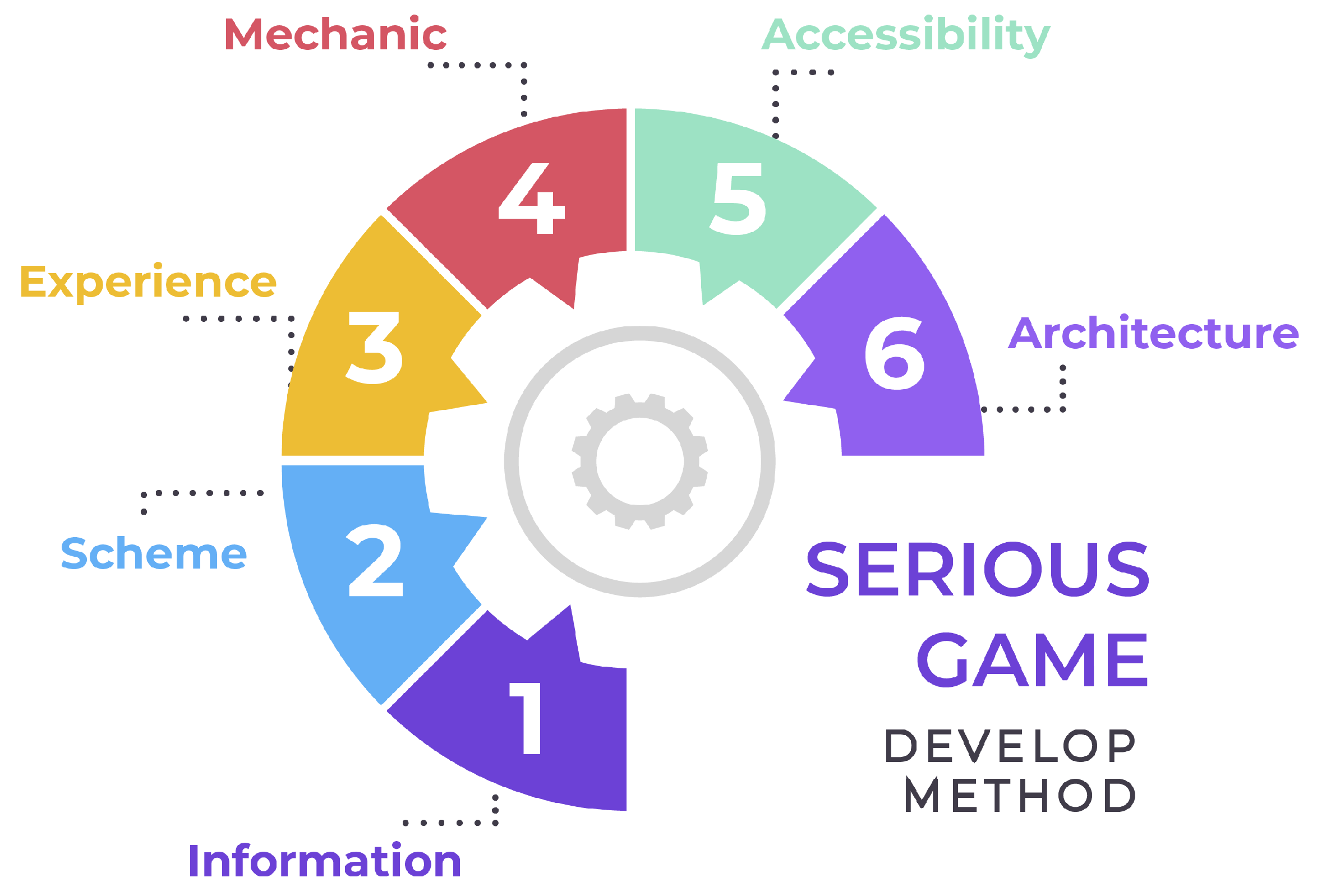
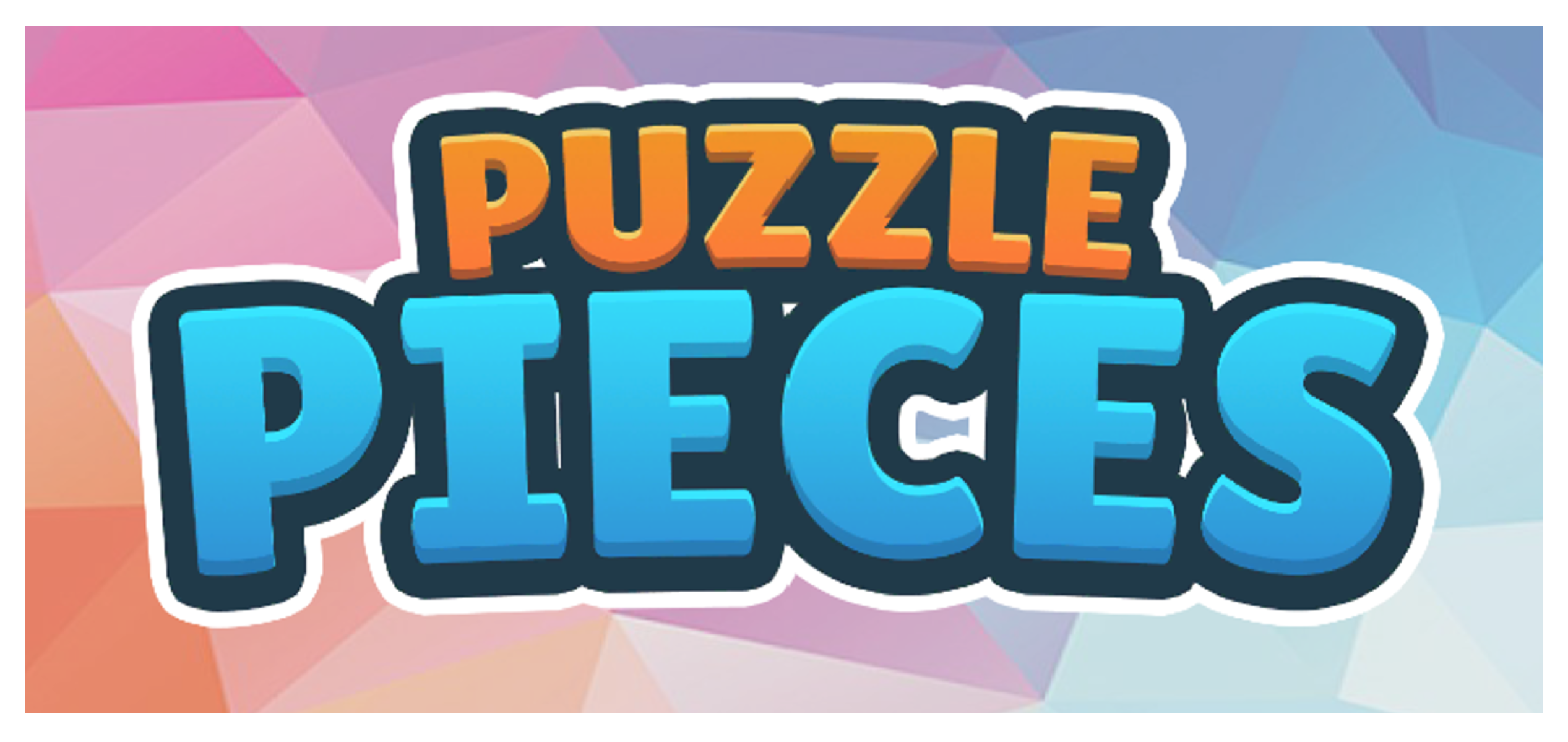
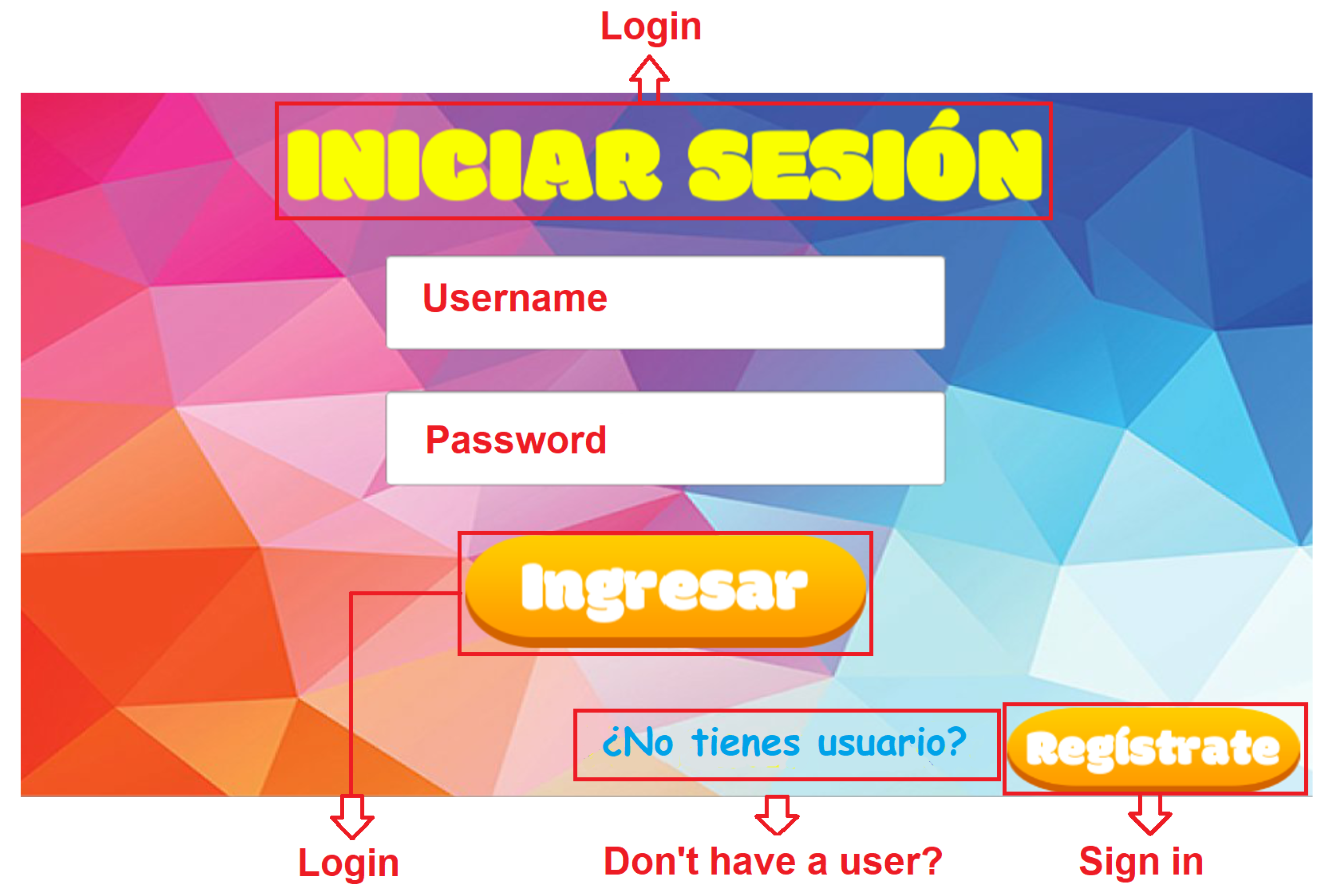
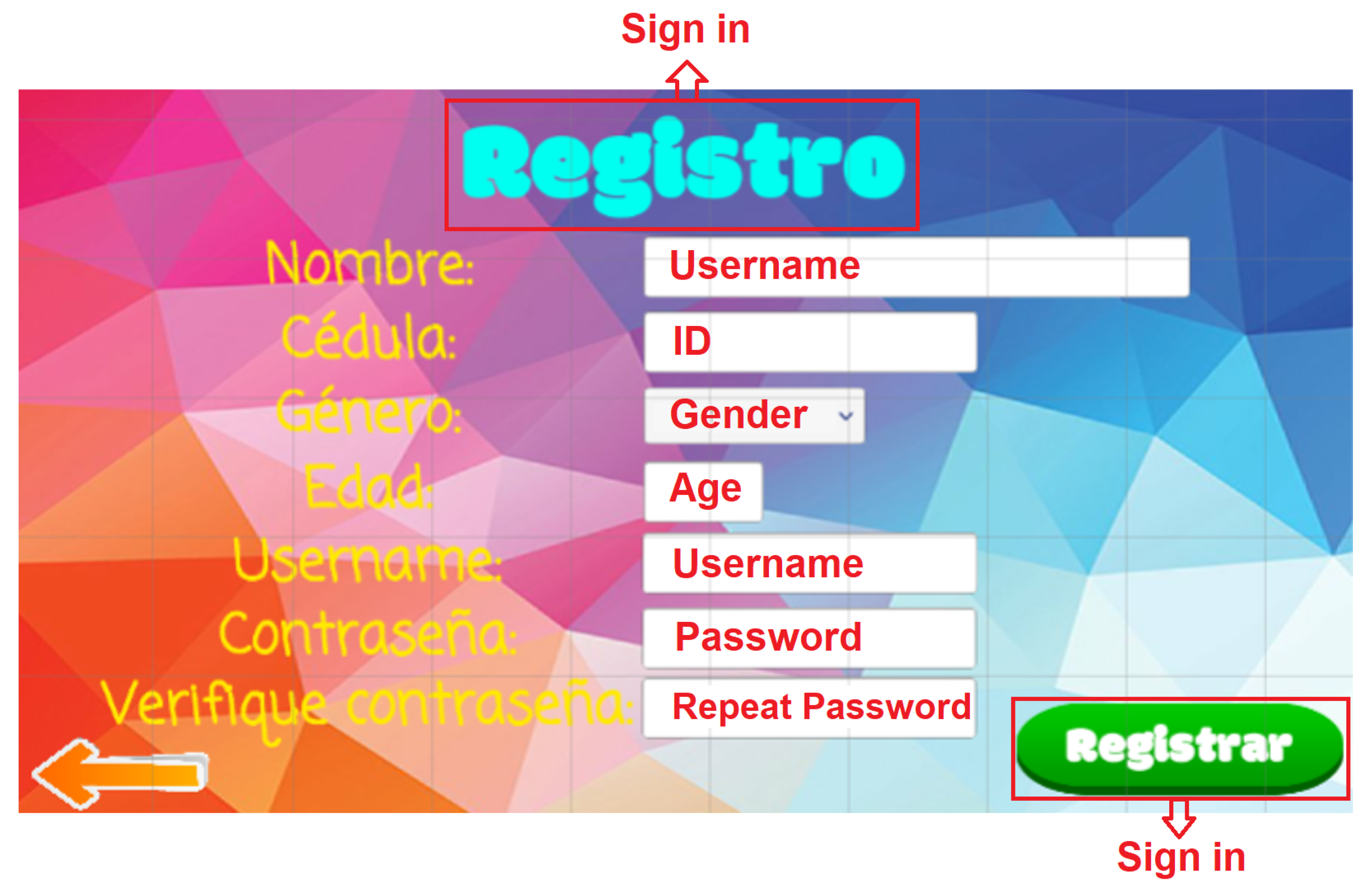
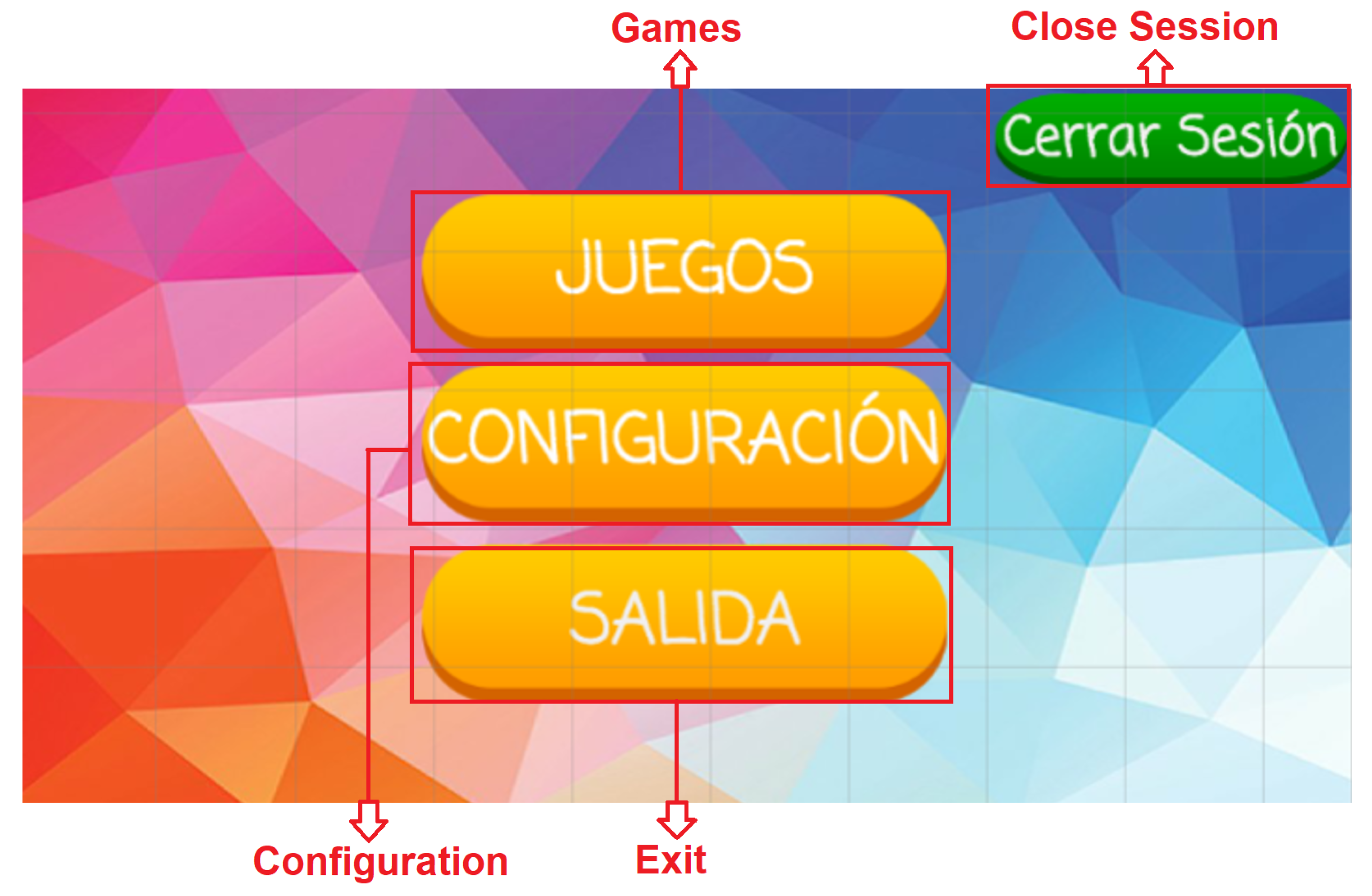
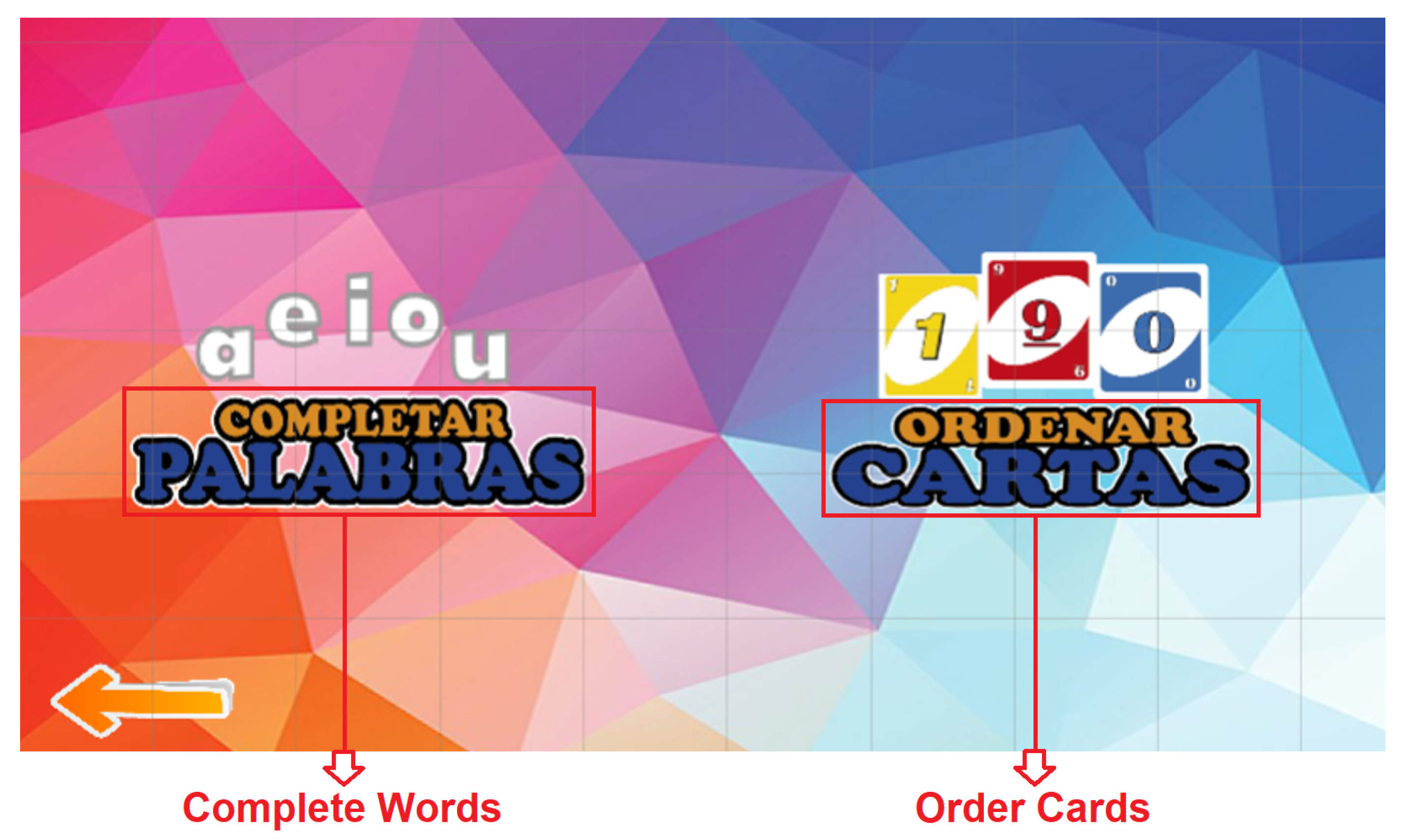
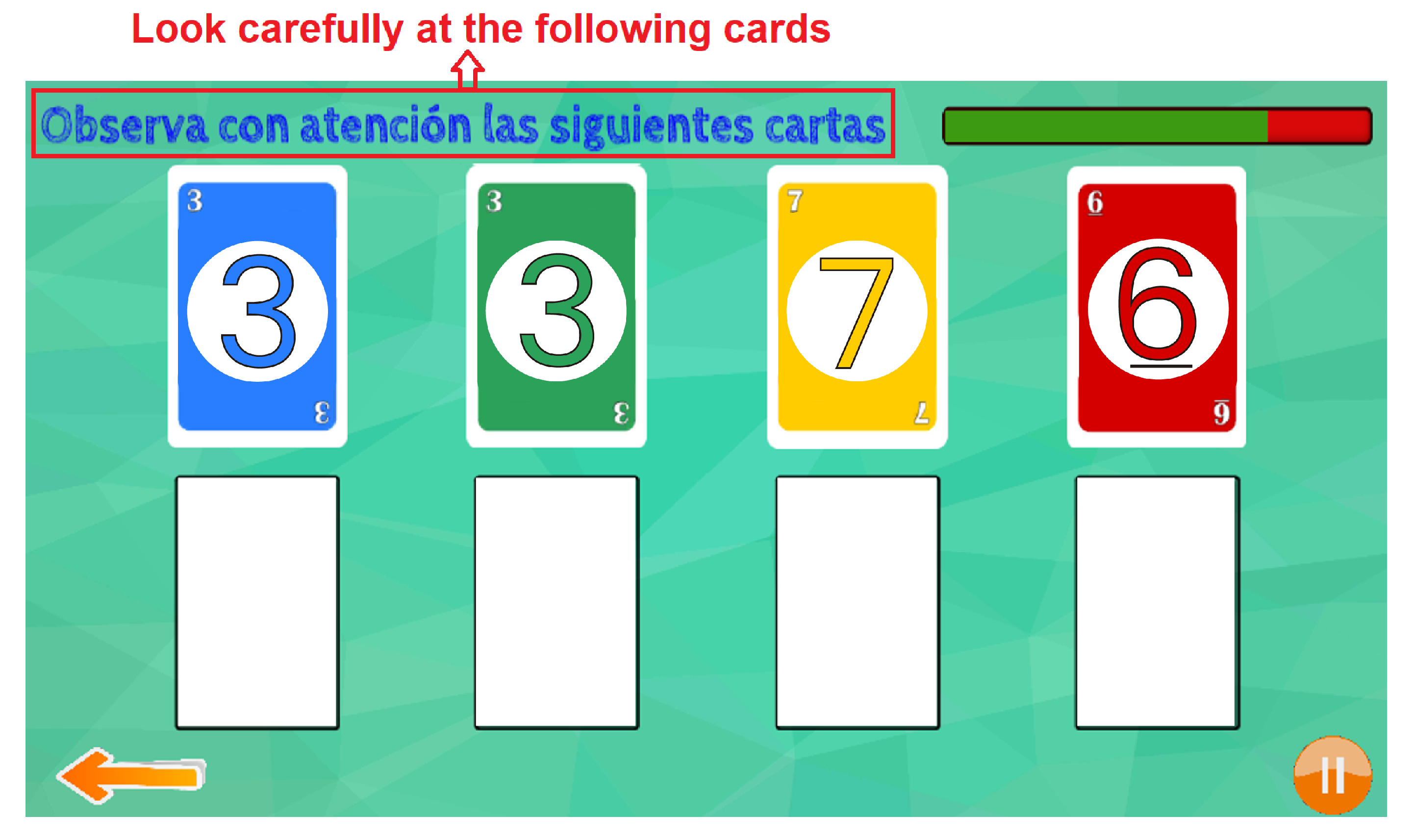
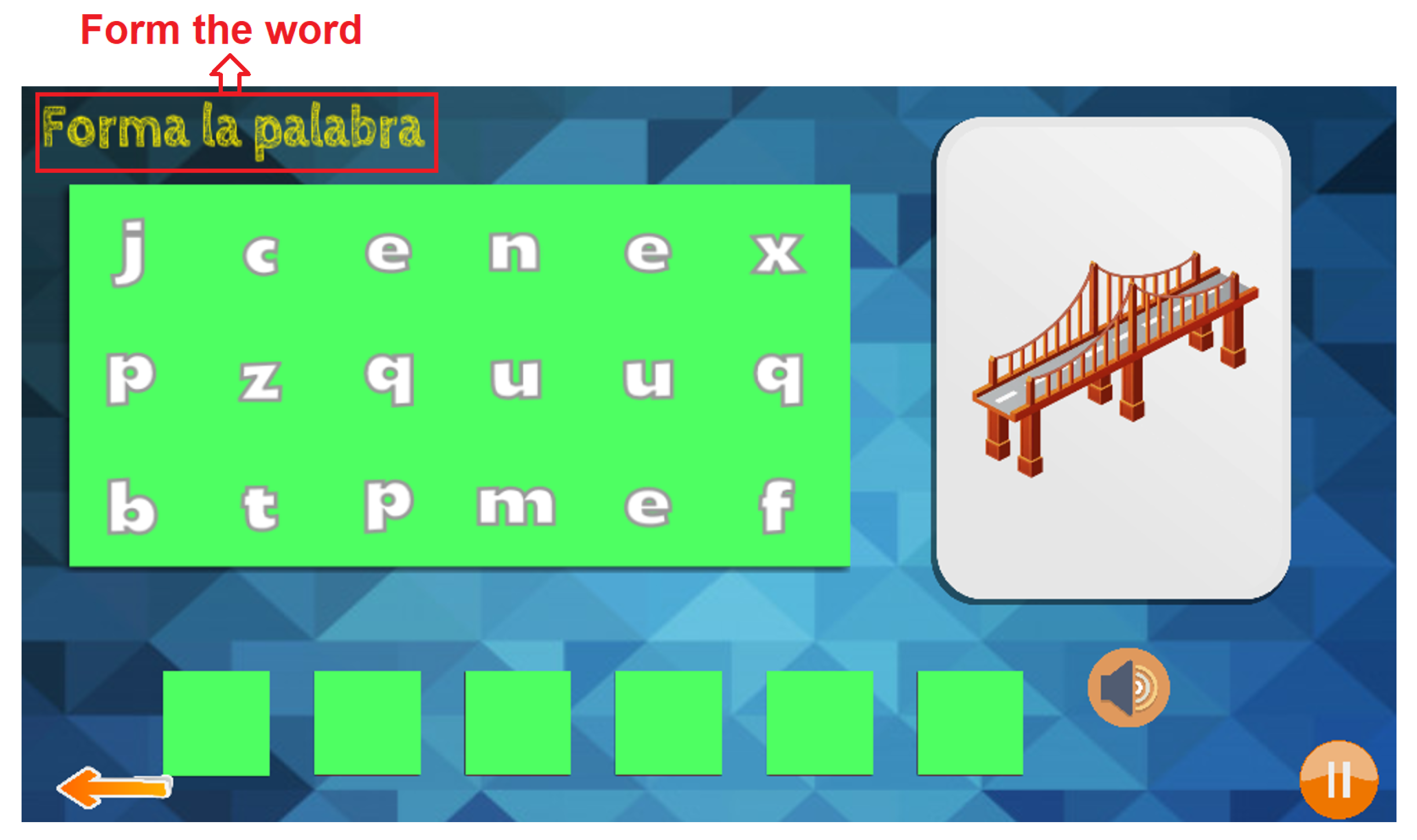

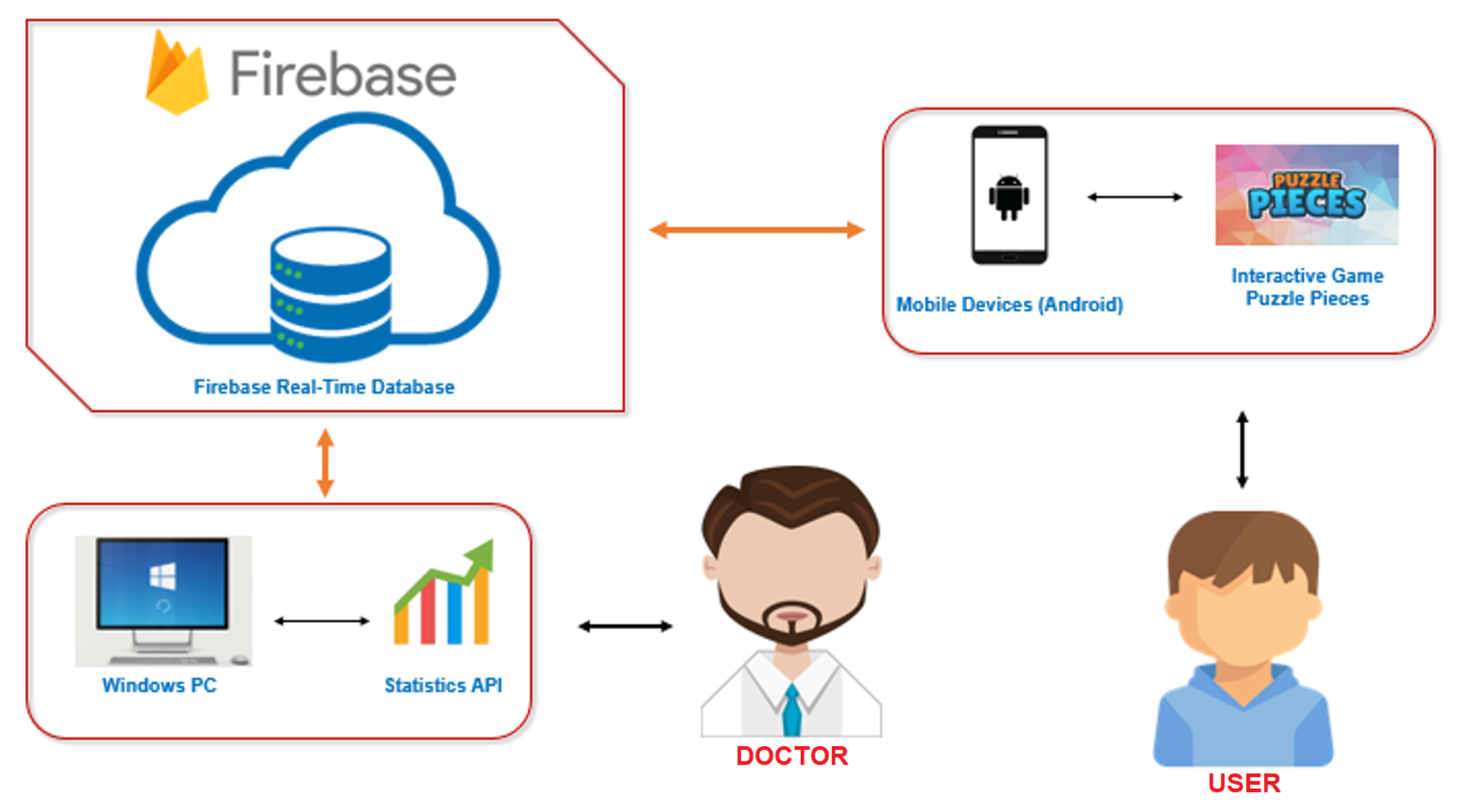
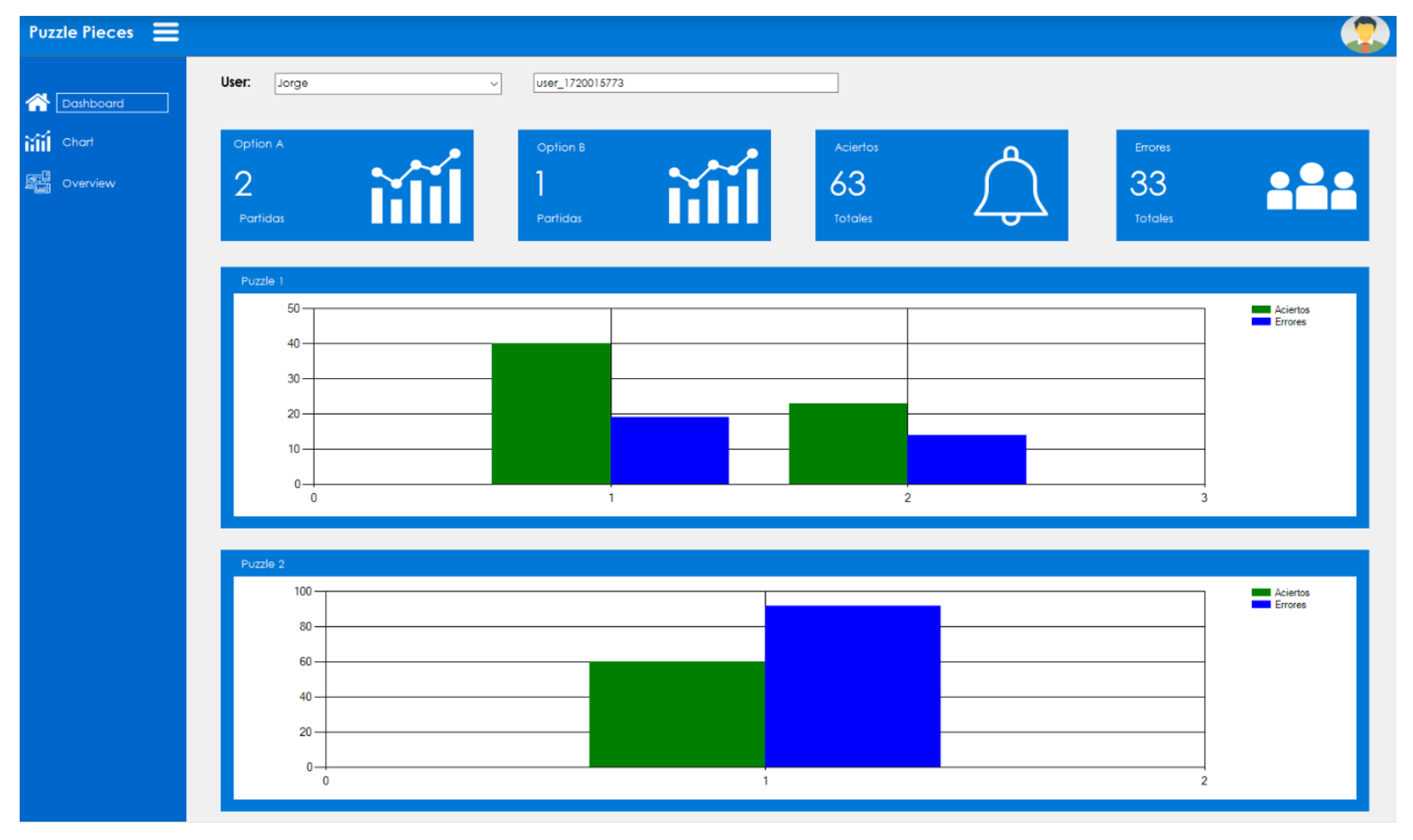
| Problem | Reason |
|---|---|
| Inability to follow a story |
|
| Inability to complete a task or puzzle |
|
| Inability to figure out how the game is played |
|
| Inability to use adaptive hardware |
|
| The player’s character is repeatedly injured/killed in the video game. |
|
| Observations | Action |
|---|---|
| In both games, the user does not identify when a new round begins in the game. | Place a “Label” in the user interface in which the current round is shown, and the number of total rounds. |
| In the game Order Cards, the user cannot re-observe the first order of the cards, causing the user to get stuck if they cannot memorize the order. | Add a mechanic, in which if the user fails two times, the first order of the cards is shown again so that the user has the opportunity to memorize them correctly again. |
| In the Complete Words In the game Complete Words game, the user finds it difficult to select the desired letter. | Enlarge the touch range to select and drag the letters of the word. |
| If the user configures the volume of the game sounds, the audio of the words will also be affected to give the user a clue. | Configure the sound controls so that the volume of the audio of the Complete Words puzzle is always at maximum. |
| In both games, the user cannot read the congratulations or error messages in the rounds of the games. | Make messages show longer time before disappearing. |
Publisher’s Note: MDPI stays neutral with regard to jurisdictional claims in published maps and institutional affiliations. |
© 2021 by the authors. Licensee MDPI, Basel, Switzerland. This article is an open access article distributed under the terms and conditions of the Creative Commons Attribution (CC BY) license (http://creativecommons.org/licenses/by/4.0/).
Share and Cite
Jaramillo-Alcázar, A.; Venegas, E.; Criollo-C, S.; Luján-Mora, S. An Approach to Accessible Serious Games for People with Dyslexia. Sustainability 2021, 13, 2507. https://doi.org/10.3390/su13052507
Jaramillo-Alcázar A, Venegas E, Criollo-C S, Luján-Mora S. An Approach to Accessible Serious Games for People with Dyslexia. Sustainability. 2021; 13(5):2507. https://doi.org/10.3390/su13052507
Chicago/Turabian StyleJaramillo-Alcázar, Angel, Eduardo Venegas, Santiago Criollo-C, and Sergio Luján-Mora. 2021. "An Approach to Accessible Serious Games for People with Dyslexia" Sustainability 13, no. 5: 2507. https://doi.org/10.3390/su13052507
APA StyleJaramillo-Alcázar, A., Venegas, E., Criollo-C, S., & Luján-Mora, S. (2021). An Approach to Accessible Serious Games for People with Dyslexia. Sustainability, 13(5), 2507. https://doi.org/10.3390/su13052507









